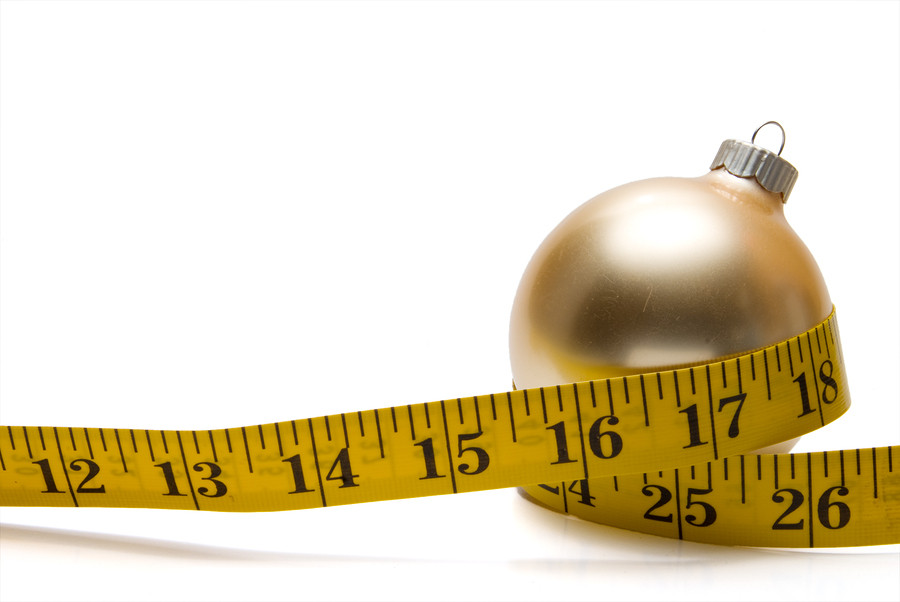Harvard Health Blog
Using the glycemic index to stave off holiday weight gain

As the holiday season gets underway, you might wonder why you feel compelled return to the office cookie tin or to sample the party's dessert platter more often than you probably should. The glycemic index—a measure of how fast carbohydrates are turned into sugar—offers an answer (see "How the glycemic index works"). The cakes, cookies, and candies tempting you have a high glycemic index. As I write in the December Harvard Women's Health Watch, foods with a high glycemic index are likely to provide a rush of energy, but leave you hungry and craving food within a few hours, setting the vicious cycle of holiday overeating in motion. Your indulgences may be due less to a failure of will than to the strong forces of human biology.
Why high glycemic index foods make you hungrier and heavier
Dr. David Ludwig, director of the New Balance Foundation Obesity Prevention Center at Harvard-affiliated Boston Children's Hospital, and his colleagues have discovered some clues to why people on a high- glycemic index diet find it harder to lose weight and keep it off.
In 2012, the team determined that people who had lost 10% to 15% of their body weight burned fewer calories, and so were more likely to gain weight back, if they ate high-glycemic foods instead of low-glycemic foods. In 2013, they found that after people consumed a high glycemic index meal, they were hungrier, had lower blood sugar, and had more activity in the area of the brain that is associated with craving and reward than after they ate a low glycemic index meal containing the same number of calories. In effect, they were more likely to want another high glycemic index snack to boost their blood sugar.
For a list of the glycemic index and glycemic load of 100 foods, visit /glycemic.
Using the glycemic index at holiday parties
"A low glycemic diet is pretty easy to follow, since it's based on natural foods that keep us filled up," says Dr. Ludwig. The following pointers can help you avoid high glycemic index mine fields at holiday parties:
- Eat low glycemic index meals before the party. You won't arrive feeling ravenous.
- Choose nuts, olives, small pieces of cheese, crudités, or fruit from the appetizer tray. Avoid pastries, breads, and crackers.
- Pass up potatoes, white rice, and dinner rolls at the buffet table. Fill your plate with salad, vegetables, fish, or poultry.
- Refrain from dipping into the punch bowl. Holiday punches, eggnogs, and glugs are likely to contain sugars, sweetened mixers, or fruit juices, all of which have a high glycemic index. Sparkling water, or a glass champagne or wine is a better alternative.
- If you can't survive without dessert, choose a small portion of something containing chocolate. You'll be getting a little sugar but you'll also benefit from the heart-healthy antioxidants it contains.
Low glycemic index eating for life
Dr. Ludwig has some simple advice for a low glycemic index eating plan that will serve you well throughout your life, "Choose foods that your grandmother used to eat—ones that resemble things in nature, and don't come with long lists of ingredients."
In that respect, you probably can't do much better than the Mediterranean diet. The health benefits of this eating pattern—a reduced risk of diabetes, heart disease, Alzheimer's disease and certain cancers—may be due in part to its low glycemic index and glycemic load. The Mediterranean diet is centered around whole grains, fresh fruits and vegetables, legumes, nuts, vegetable oils, and fish, with small amounts of dairy and poultry and only occasional servings of red meat and sweets.
How the glycemic index works
When you eat a high-glycemic food, the sugar in that food becomes readily available as soon as it passes through the stomach to the intestines. You may feel a sudden surge of energy as sugar (in the form of glucose) pours into your blood. Your body will react to the glucose elevation by making more insulin to move glucose into muscle and other cells. The insulin rush will deplete that blood glucose within the next couple of hours. If your blood sugar level drops too quickly, you may even feel exhausted, shaky, and woozy. This is called hypoglycemia. And you'll probably crave a high-glycemic snack.
In contrast, low-glycemic foods require more processing time in the digestive system as enzymes work to separate the sugar from other components. Glucose flows more slowly into the bloodstream, and insulin is released gradually, too. As a result, you remain sated longer and are less likely to overeat. Low glycemic index foods are those with a rating under 55; high glycemic index foods have a rating of 70 or higher.
Another measure, the glycemic load, takes into account both the glycemic index of a food and the carbohydrate content in a serving. Although some foods, like watermelon, have a high glycemic index, they have a moderate glycemic load because a serving has relatively few carbohydrates. Foods like white potatoes, white bread, and packaged bakery products, that are both high glycemic index and high-carb, pack a greater glycemic load.
Disclaimer:
As a service to our readers, Harvard Health Publishing provides access to our library of archived content. Please note the date of last review or update on all articles.
No content on this site, regardless of date, should ever be used as a substitute for direct medical advice from your doctor or other qualified clinician.















